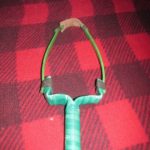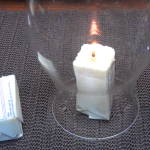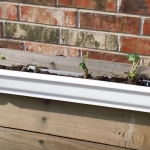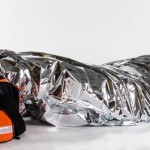Learn how planning ahead can help you protect your family, your home and your belongings in a dangerous storm. When the weatherman tells you to take cover because a hurricane is on the way, the last thing you want to do is worry about whether you are prepared. A little effort now—before catastrophe strikes—can yield big savings (and peace of mind) in the future.
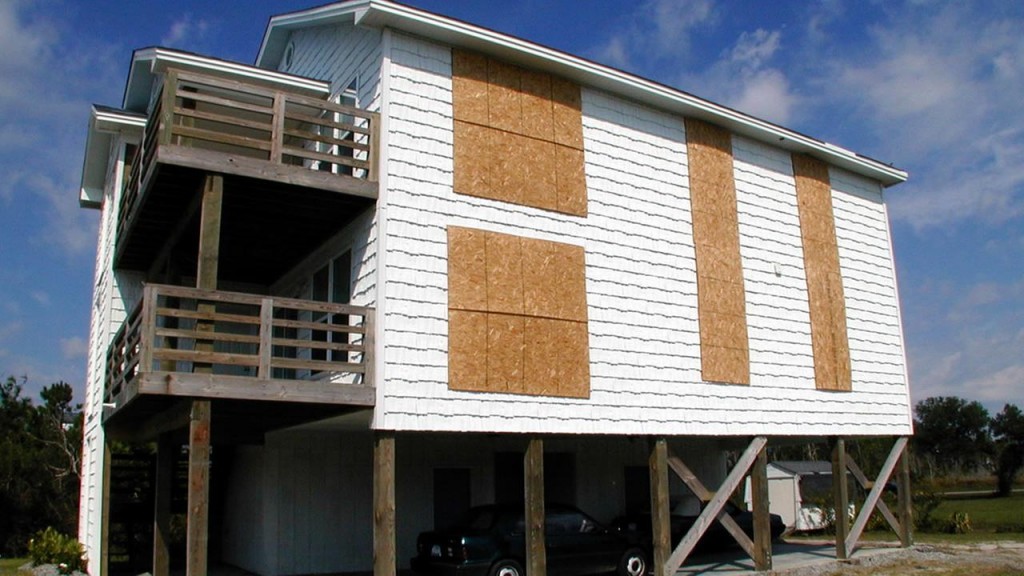
3. Protect your property by installing the following items in your home:
- Hurricane shutters or keep ¾ inch outdoor plywood boards for each window. If using boards, be sure to install anchors and pre-drill holes so you can put them up quickly.
- Head and foot bolts on doors for extra protection.
- Hurricane straps or clips to help hold the roof to the walls of your home.
- A safe room that can withstand high winds and flying debris.
4. Stock your emergency supply kit with basic survival items. You’ll want to have a 2-week supply of water and ready-to-eat, non-perishable food for every family member and pet. If you evacuate, you’ll want a 3-day supply of the same. Other items to add to your supply kit include:
- Manual can opener
- Essential medicines including eyeglasses and contact lenses
- Personal hygiene items such as toilet paper, toothbrush and toothpaste
- Change of clothing
- Paper towels, hand sanitizer, and eating utensils
- First-aid kit
- Battery-powered flashlight and radio with extra batteries
- Blankets, pillows and sleeping bags
- Mosquito repellant and citronella candles
- 2 coolers—one for food, one for ice
- Plastic tarp for roof/window repairs and tools
- Special items for infant, elderly or disabled family members

Lastly, gather important papers to take with you:
- Driver’s license or personal ID
- Social security card
- Proof of residence (deed, lease or utility bills)
- Insurance policies (home, auto, flood, wind)
- Birth and marriage certificates
- Stocks, bond and other negotiable certificates
- Wills, deeds, and copies of recent tax returns
- Personal checkbook and any unpaid bills





